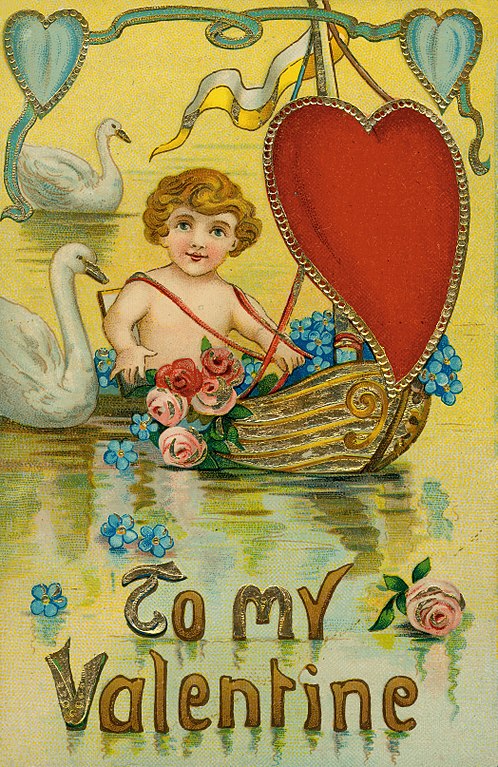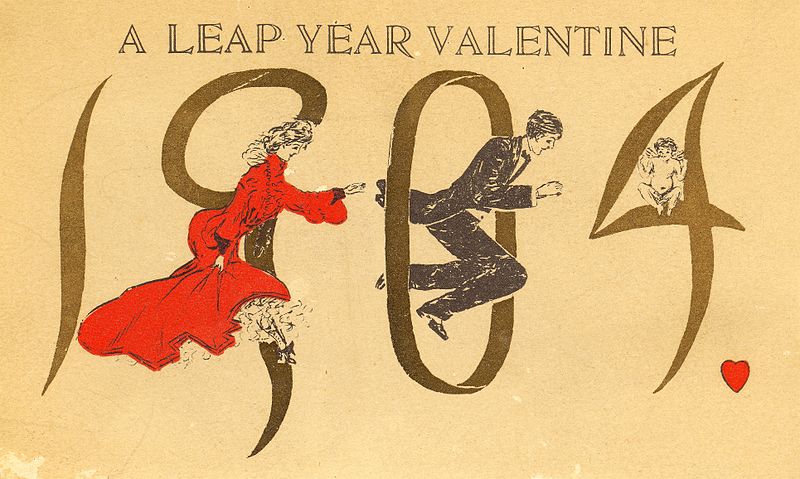
On February 14, Valentine’s Day, Thammasat University students may enjoy some reading appropriate for the holiday at the TU Library.
Valentine’s Day, also known as Saint Valentine’s Day and the Feast of Saint Valentine, started out as a Christian holiday honoring Saint Valentine of Rome, an ancient priest. Now it is mainly considered a cultural or commercial celebration. Commercial holidays exist mainly to encourage people to spend money. On Valentine’s Day, many people feel obliged to buy flowers, chocolates, and greeting cards to prove that they care about someone.
In a more serious way, some Christian religions still preserve occasions to show respect for Saint Valentine. As early as the 1300s in Western Europe, some people identified February 14 as a festival day associated with romantic love. By the 1700s in England, followers of the custom were offering flowers, candies, and greeting cards to one another. Typical Valentine’s Day images remain the heart, doves, and Cupid. In ancient Roman mythology, Cupid was a god of love. He held a bow and arrow, and according to legend, anyone who is shot by Cupid’s arrow must fall in love.

On the TU Library website, in addition to the BlindLove feature which allows readers to choose love stories, it is also possible to consider reading about some of the most famous true love stories in history. Some students might think that a leading example of romance is set by Meghan Markle, now the Duchess of Sussex, an American TV actress who became a member of the British royal family when she married Prince Harry. Students interested in reading about the British Royal family might try one of the books about the Windsors in the TU Library collection, for example Diana’s Boys: William and Harry and the Mother They Loved.
Ancient times
Those looking for more historical perspective might find it by investigating the love between Cleopatra, queen of Egypt and the Roman General Mark Antony. William Shakespeare wrote a play about them, Antony and Cleopatra. In addition to different editions of the play, with informative prefaces and other historical explanations, the TU Library also owns a filmed version of the play. It may be viewed in the Audio-Visual Materials collection of the Puey Ungphakorn Library, Rangsit Campus. In this version, the loving couple is portrayed by the British actors Colin Blakely and Jane Lapotaire.
The Middle Ages
The Italian poet Dante Alighieri wrote about Beatrice Portinari in such works as the Divine Comedy and The New Life. The TU Library has several books by and about Dante. Dante and Beatrice had a very polite relationship. Dante only met Beatrice twice. The first time was when they were both nine years old. They met again as adults, but only to say hello. Beatrice died in her early 20s. Even so, she inspired Dante to write some of the most important works of Western literature.
The 1700s
Jeanne Antoinette Poisson, known as Madame de Pompadour, was a member of the French court during the reign of King Louis XV of France. As a court favourite, she supervised the King’s schedule and offered advice. She sponsored architecture and the decorative arts, as well as thinkers such as Voltaire.
A couple who also loved each other on a less grand scale were the Americans John and Abigail Adams. John Adams was the second president of the United States and one of their sons, John Quincy Adams, became the fifth president of the United States. The TU Library has a book about Abigail Adams, based on the many letters of advice and affection that they wrote to each other.
An even more literary couple was composed of Mary Shelley, who wrote the novel Frankenstein, and her husband, the poet Percy Shelley. The TU library has a number of books by, and about, the Shelleys.
The 1800s
Still another example of literary devotion are the Victorian poets Elizabeth Barrett Browning and Robert Browning. Their devotion to each other inspired other writers to produce plays and books in their honor.

There are many other examples of real-life love stories in history. Here are some brief quotations to give further ideas for possible reading. Most of the books and authors referred to here are in the collection of the TU Library or may be obtained by Interlibrary Loan request:
- Love is a great beautifier.
Louisa May Alcott, Little Women (1868)
============================
- To love is to will the good of the other.
Thomas Aquinas, Summa Theologica (1265–1274)
=============================
- Among those whom I like or admire, I can find no common denominator, but among those whom I love, I can: all of them make me laugh.
W. H. Auden, The Dyer’s Hand, and other essays (1962)
==============================
- Hunger allows no choice
To the citizen or the police;
We must love one another or die.
W. H. Auden, September 1, 1939 (1939)
==============================
- Beauty grows in you to the extent that love grows, because charity itself is the soul’s beauty.
Saint Augustine in Homilies on the First Epistle of John
================================
- Grief at the absence of a loved one is happiness compared to life with a person one hates.
Jean de La Bruyère, Of the Heart
===============================
- So within yourself let grow
A boundless love for all creatures.
Let your love flow outward through the universe,
To its height, its depth, its broad extent,
A limitless love, without hatred or enmity.
Metta Sutta
=================================
- The acquisition of any knowledge is always of use to the intellect, because it may thus drive out useless things and retain the good. For nothing can be loved or hated unless it is first known.
Leonardo da Vinci, The Notebooks of Leonardo Da Vinci (1938),
========================================
- The mystery of poverty is that by sharing in it, making ourselves poor in giving to others, we increase our knowledge of and belief in love.
Dorothy Day, Catholic Worker (April 1964)
============================================
- Nothing truly valuable arises from ambition or from a mere sense of duty; it stems rather from love and devotion towards men and towards objective things… Falling in love is not at all the most stupid thing that people do — but gravitation cannot be held responsible for it.
Albert Einstein, Letters
========================================
- Lovers who love truly do not write down their happiness.
Anatole France, The Crime of Sylvestre Bonnard (1881)
========================================
- When one has once fully entered the realm of Love, the world — no matter how imperfect — becomes rich and beautiful, it consists solely of opportunities for Love.
Søren Kierkegaard, Works of Love (1847)
=======================================
- Love means to look at yourself
The way one looks at distant things
For you are only one thing among many.
Czesław Miłosz, Rescue (1945)
=======================================
- If we are to express the love in our own hearts, we must also understand what love meant to Socrates and Saint Francis, to Dante and Shakespeare, to Emily Dickinson and Christina Rossetti, to the explorer Shackleton and to the intrepid physicians who deliberately exposed themselves to yellow fever. These historic manifestations of love are not recorded in the day’s newspaper or the current radio program: they are hidden to people who possess only fashionable minds.
Lewis Mumford, Values for Survival (1946)

(All images courtesy of Wikimedia Commons)
